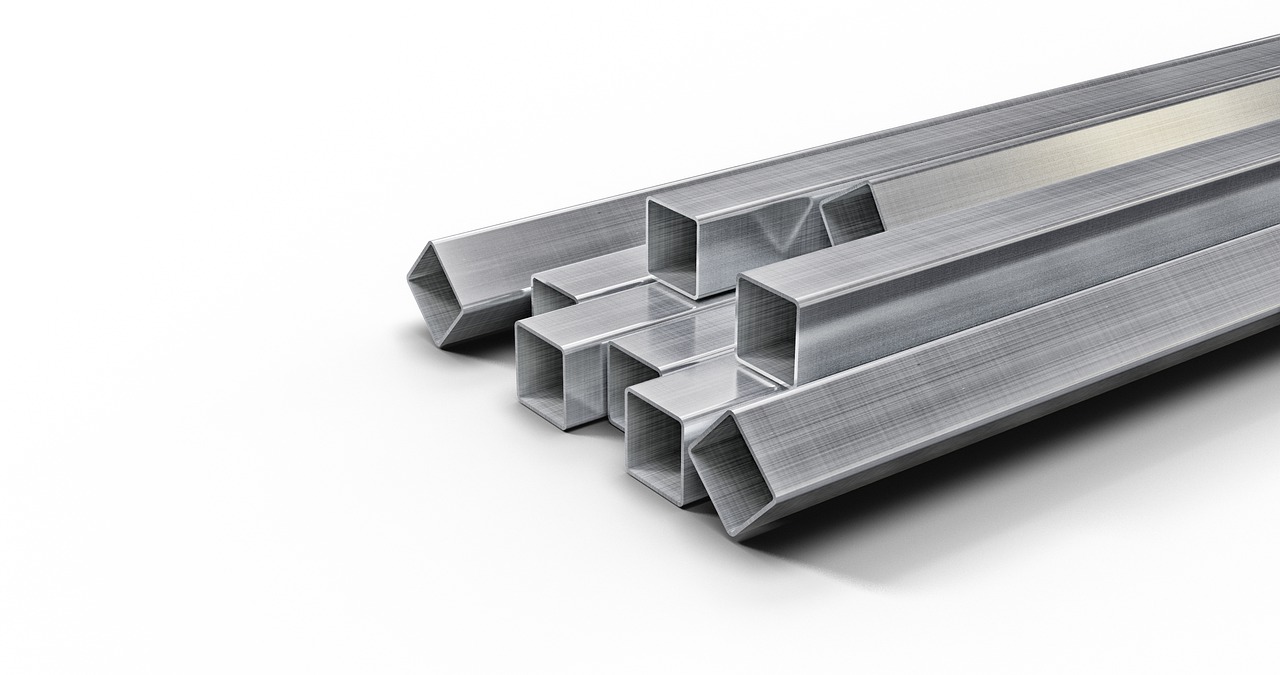Speaking of metal smelting, it is worth noting that combined smelting and rolling processes are becoming increasingly widespread.
A melting unit – a converter or electric furnace – is installed in one shop, continuous casting takes place on a continuous casting machine, from which only solidified hot slabs, blooms or billets go directly to rolling. These units are called casting-rolling modules or casting-rolling units.
Today, most new production lines all over the world try to be built in a modular design of one sort or another. This saves space, reduces logistics costs, and decreases turnaround time.
The peculiarity of this technology is a very high production culture and highly qualified personnel. Otherwise, there is a high risk of rejects in the final product (here it is not possible to “catch” rejects at any particular stage of production, but only in the final). All units must work in a coordinated manner, and the personnel must be as competent as possible to minimize the risk of defects in the finished product.
Today there are modules that combine not only melting, casting and hot rolling, but also in addition to this – cold rolling of coils or long products, drawing wire, etc. In other words, not only hot-rolled steel is produced at the shop outlet, but also products of higher redistribution.
A separate area of combined production in coil production is so-called roll rolling, in which the steel from the steelmaking unit is poured not in a continuous casting machine, but through a small crystallizer onto special water-cooled rolls, and solidifies directly on them. The steel is then clenched into a strip and goes into hot rolling. Such technology is more developed in the non-ferrous industry, especially in aluminum strip and coil production.
In ferrous metallurgy, the most popular such unit is in the USA, at the Nucor plant, and allows to obtain unique structures that cannot be obtained by any alternative means. Predominantly such products are used in the automotive and aerospace industries.

